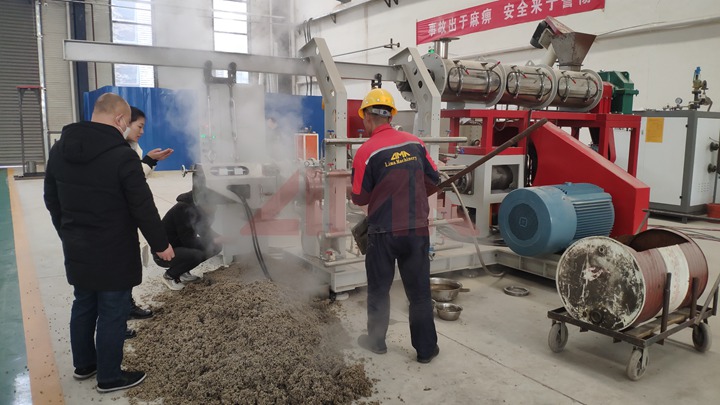
Jan 25, 2023 · “We decided to venture on this business for two reasons: because food is a necessity and we are confident that we covered all stages of the business, from feasibility to prototyping and continuous research and development, and the actual implementation of our commercial-scale system,” Sy added.
.jpg)
TILAPIA CAGE FARMING IN LAKE TAAL, BATANGAS, PHILIPPINES A. Background 1. Scope and Purpose 1. This case study was undertaken as part of an Asian Development Bank (ADB) special evaluation study on small-scale, freshwater, rural aquaculture development. The study used
.jpg)
The Philippines (in 1990) is considered the world’s largest grower of the fish from farming which produces 76,143 metric tons of tilapia and contributed 22% of the total fish production of the country from aquaculture. At present, the culture of tilapia is still expanding industry in the country. It is grown in about 14,500 hectares of freshwater
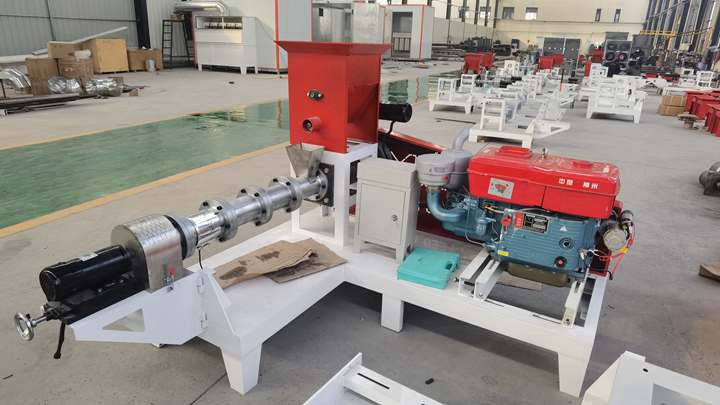
relevance of tilapia farming for small-scale farmers and the poor. 9. Production. Based on production data of 1985–2001, the supply of tilapia in the Philippines is all produced domestically, about 79% from aquaculture and the remainder from inland fisheries. Total tilapia production in this period grew on average by 6% per annum while
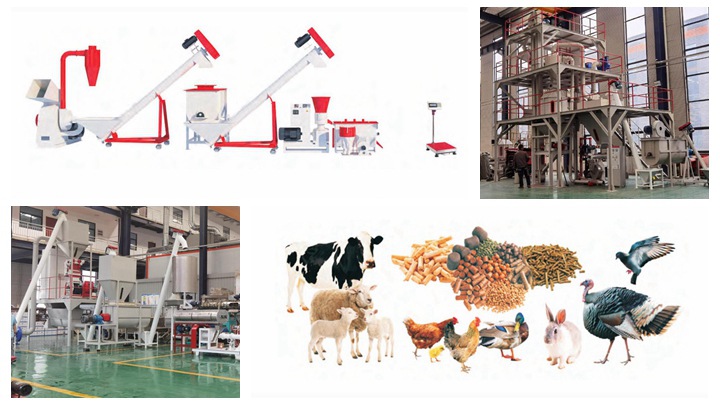
In 2013, tilapia culture raised over 270,000 MT in the Philippines. According to the FAO (Food and Agriculture Organization), most tilapia production in the Philippines comes from freshwater fishponds (53.88 percent) and the remainder from freshwater fish cages (37.85 percent), brackish water fishponds (6.75 percent), freshwater fish pens (1.40
.jpg)
Jan 25, 2023 · In her dreams of creating a community that will look out for the youth, Sy has created an enterprise that pioneered the commercial-scale recirculating aquaculture in the Philippines and fosters sustainability as well as food security. For more information, email Elisa Claire Sy at elisaclairesy2017@gmail-Lima. Photos courtesy of Elisa Claire Sy.
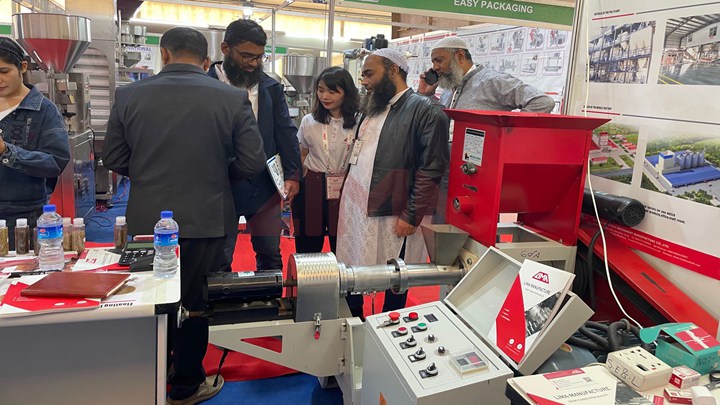
tilapia is still expanding industry in the country. It is grown in about 14,500 hectares of freshwater ponds about 500 hectares of fish cages in lakes and reservoirs throughout the Philippines. There are over a thousand small-scale hatchery operators in the country with areas ranging from 500 m2 to 50,00 m2 with an annual
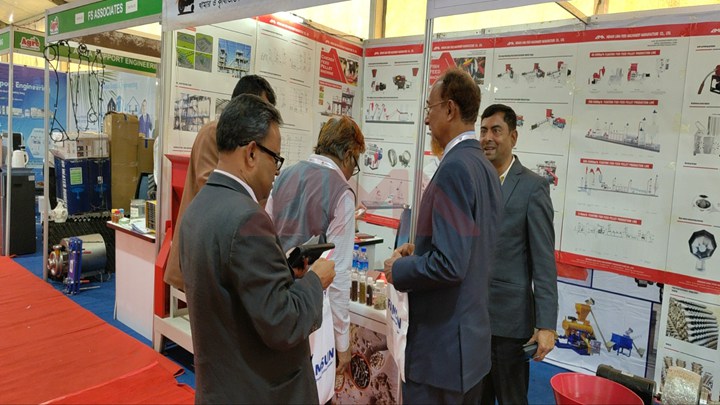
relevance of tilapia farming for small-scale farmers and the poor. 9. Production. Based on production data of 1985–2001, the supply of tilapia in the Philippines is all produced domestically, about 79% from aquaculture and the remainder from inland fisheries. Total tilapia production in this period grew on average by 6% per annum while

Dec 13, 2012 · Nile tilapia ( Oreochromis niloticus) is the most cultured freshwater fish in the Philippines, and the tilapia industry provides valuable income and an affordable source of animal protein for the growing population, including many of the 30 million people that FAO estimates depend on agriculture and fishing for a living.
.jpg)
Tilapia are found in rivers, ponds, and lakes in the Philippines. Pond farming of tilapia began in the Central Luzon ponds in the 1950s. Advances in culture techniques based on research in the Philippines, along with international help, led to rapid production increases.
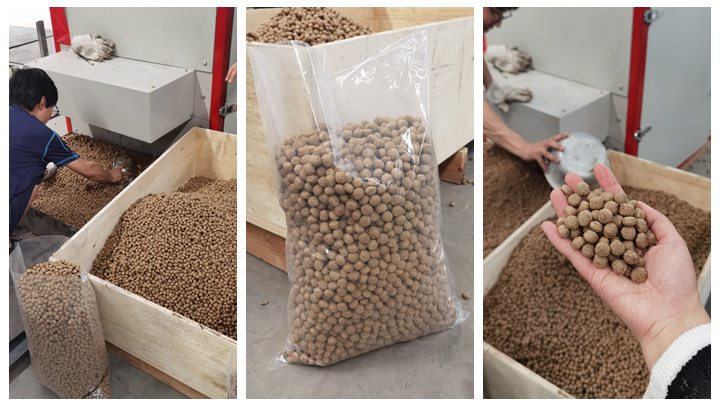
Tilapia is the second most popular cultured fish in the Philippines. Increased consumer demand is discussed briefly and an account is given of hatcheries, cage culture in lakes and land based grow-out systems. Future prospects inmarketing are considered briefly; it is believed that the future success of the industry in the Philippines and thedegree of participation by small-scale producers